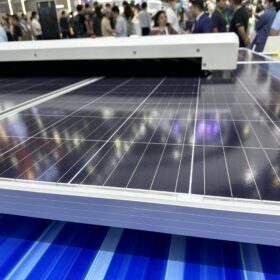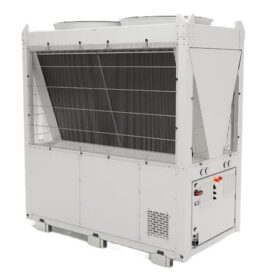Aleo Solar to halt production at PV module factory in Germany
Aleo Solar says it will halt production at its solar panel factory in Prenzlau, Germany, affecting 110 employees. The manufacturer is a unit of Taiwan’s Sino-American Silicon.
All unmanned ground vehicles for solar plant monitoring at a glance
Scientists in Australia have reviewed 36 mobile inspection robots for ground-mounted PV plants and have identified six commercial ground robots that are systematically used for this task. Their work presents the robots according to different types of locomotion, navigation technologies, communication technologies, and market status.
A one stop shop for the certification of solar PV panels
The IEC Conformity Assessment System for Electrotechnical Equipment and Components (IECEE) has been building trust for industries making and selling electronic equipment for the last 40 years, one the most important of them being the solar PV panel industry.
Australia accelerates approval for 25 GW of renewables projects
More than 16 GW of solar and wind generation and approximately 6 GW of energy storage projects could benefit from an accelerated environmental approvals process as the Australian government works to deliver critical infrastructure needed to achieve its clean energy targets, including 82% renewable electricity by 2030.
Titanium makes perovskite solar cells more durable
After finding a way to make spiro-OMeTAD, a popular perovskite solar cell hole transport layer, less prone to heat-induced crystallization, researchers at Georgia Institute of Technology are now seeking partners to scale the technology for large-area PV cells.
Polysilicon market unchanged, awaits policy stimulus
In a new weekly update for pv magazine, OPIS, a Dow Jones company, provides a quick look at the main price trends in the global PV industry.
Gas quenching with helium, argon for more stable perovskite solar cells
Kuwait University researchers investigated the relationship between the molecular weight of the quenching gas and the morphology of perovskite films used in solar cells, finding that argon and helium extended device lifetimes compared to using the more conventional nitrogen.
Daikin unveils air-to-water heat pump for commercial buildings
The new heat pump series uses propane as the refrigerant and can reportedly provide hot water up to 75 C.
Longi unveils anti-dust back contact solar module with 24.8% efficiency
Longi has released a back-contact solar module with 24.8% efficiency, featuring a power output of up to 670 W and a temperature coefficient of -0.26% per degree Celsius.
UtmoLight pushes perovksite PV module efficiency to 18.1%
UtmoLight has reached 18.1% efficiency with its perovskite PV modules, according to results confirmed by the US National Renewable Energy Laboratory (NREL).










